WHAT IS NOW AND THEN?
Now and Then is an ongoing Apogee Photo series about the interface between today’s photo culture and the history of photography. In ‘Camera in the Cloud,’ we search out the ways nature photography has radically changed since photography began.
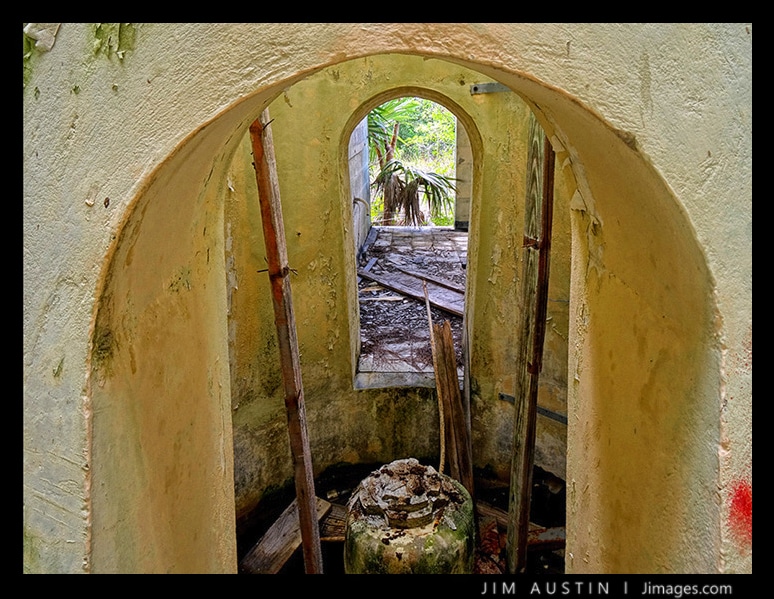
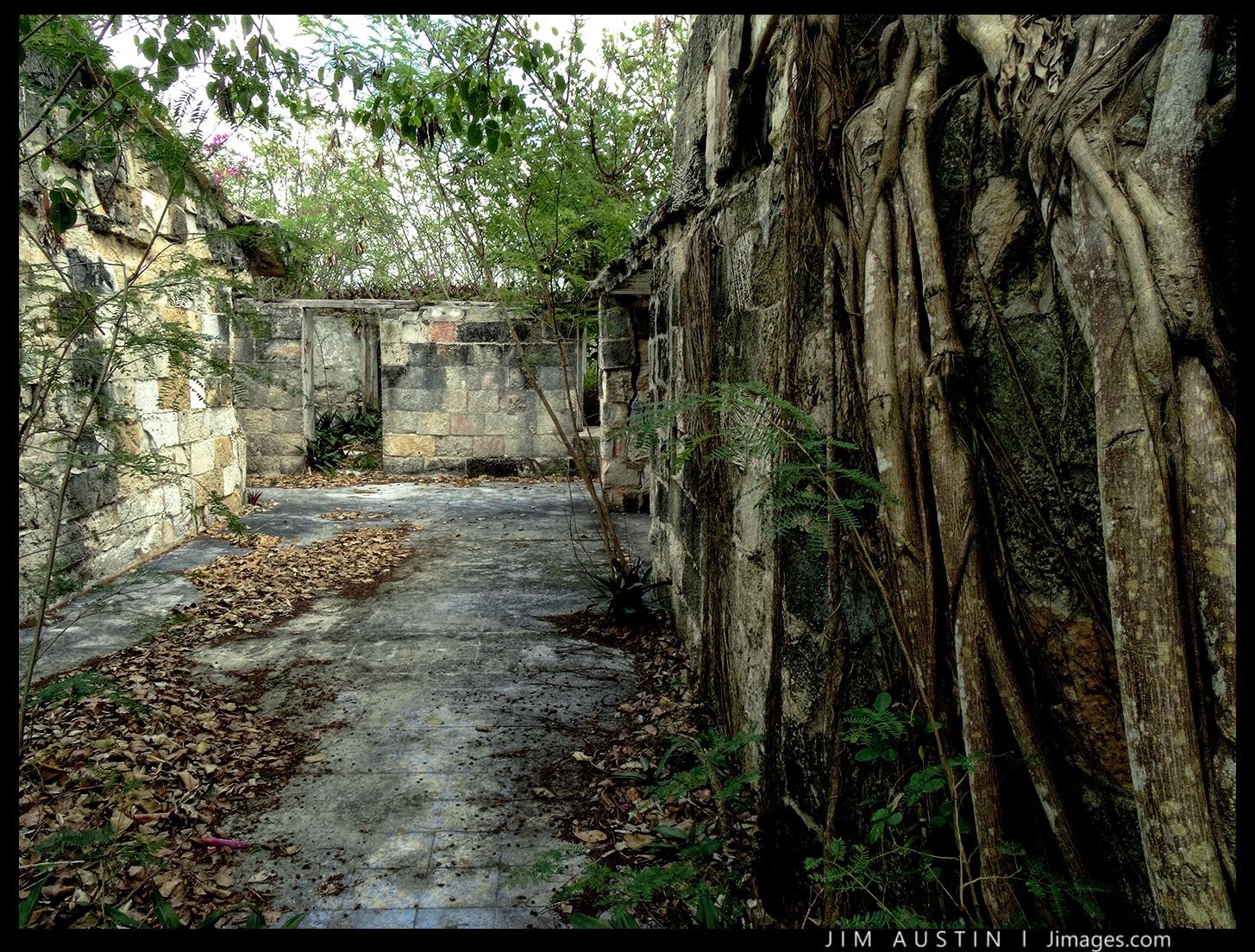
FROM NATURE HERSELF TO NOW
How has our perspective changed? From the days of Daguerreotypes, our views of photographs have moved from images of nature herself to post-modern images that track, duplicate, and share each life moment of our individual conscious and subconscious.
ONE OF A KIND: NATURE HERSELF
For the first ten years of the permanent image, each photograph was one-of-a-kind, no larger than 4 inches high. This unique method was the Daguerreotype, so sharp and with such objective presence that viewers called it “nature herself.” Daguerreotypes dominated the field for 20 years until 1851 when Archer invented wet-collodion with a substance used as a medical dressing. Multiple copies could now, for the first time, be made from a single negative.
To make a Daguerreotype of natural subjects in the first two decades of the art, a photographer had to completely focused on the task. The process involved Mercury fumes. Accidentally, exploding bubbles of solvent could appear on the image. Each success produced a single, unique photograph.
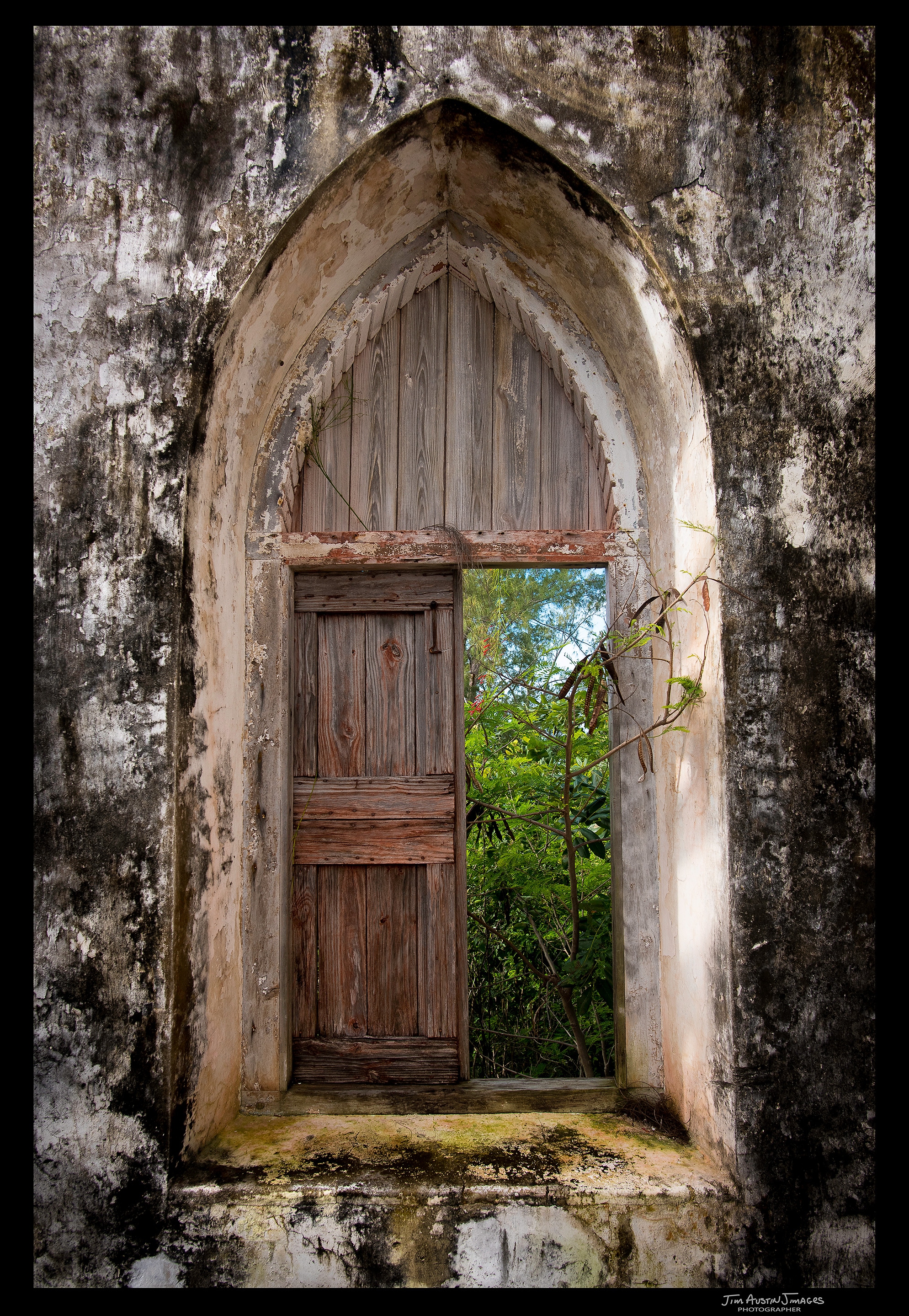
A CARICATURE OF NATURE
Writer, photographer, and physician Peter Henry Emerson said: “photographers think they are photographing nature when they are only caricaturing her.” We’re indebted to Emerson today. His radical approach to how a photograph represents the way we see naturally is one reason, but Emerson was also among the first 19th century writers to argue that a photograph should be authentic, direct and should depict real people in their daily settings, and not costumed models posed before an artificial backdrop. No fake news for Emerson.
Writing his Naturalistic Photography for Students of the Arts (London, 1889), British-born Emerson launched this now famous aesthetic movement of “naturalistic photography.” In this radical movement, softly-focused and impressionistic photographs were considered truthful to our perception and how our visual system lets us see nature. Using original gravure prints with this impressionistic approach, Emerson believed at the time that the appearance of these prints, sharper at center and softer at the edges, was closer to how our eyes perceive nature.
Today we place Emerson, historically, in the Pictorialist movement, but the irony is that, arguably, his emphasis on real people in their own setting foreshadowed some of the subject matter made famous by the work of Henri Cartier-Bresson and still seen in much of the current post-modern street photography of Matt Stuart and others. One wonders what Emerson, a physician turned photographer, would have done with a small form factor Leica.
Emerson’s ideas of how we should avoid caricaturing nature are still vital to photo criticism today. For instance, when high dynamic range imaging first emerged, a backlash reaction from critics decried HDR images as garish caricatures of natural scenes.
THE PHOTOGRAPHY OF DISAPPEARANCE
In the 19th century, celebrated photographers were deeply planted in nature’s garden, but the garden was already shrinking. For years, Edward Sheriff Curtis, empowered by a $75,000 endowment from JP Morgan, hauled his three-legged tripods, dry- glass-plate positives, and his chemistry in mule-drawn wagons.
With hundreds of pounds of gear, he made 40,000 images. His rig was an RV, photo lab, and camera all in one. Like Alfred Stieglitz, Curtis used the photogravure process, a labor-demanding, expensive, time-consuming method mostly used in fine art photography today. Sheriff’s work fascinates us as his romantic vision depicts the disappearance of the first nations people and their livelihood, cultural traditions, spiritual practices and lands (Lakota, Sioux, Crow, and many others).
PRESERVING WILD NATURE
Along with portraits of disappearing cultures and peoples who were being decimated, nature as wilderness nudged people to visit special places and to save them, according to Jeff Curto, photography historian and educator. A photographer’s images were commercially packaged and sold. The gold rush decades of the California 49-ers, Western settlements and land grants, and the opening of the West found photographers Sheriff and Watkins among them, constructing a romantic vision of the West.
This Western romantic concept was one of man in unspoiled nature; it confirmed the presence of a Christian God. Ansel Adams distinguished between “scenery,” packaged for consumption, and the grander, sacred ideas of wilderness, the latter having a pristine spiritual aesthetic. Adams’ famous works, in his book America’s Wilderness, harmonized with many eloquent quotes by the mystic naturalist John Muir (“I only went out for a walk, and finally concluded to stay out until sundown, for going out, I found, was really going in”).
Today the Ansel Adams Wilderness is just north of the John Muir wilderness area, so these artists had a profound impact on nature conservation. Eliot Porter and many others extended the theme of preservationist photography. The transcendental vision, the camera aloft in the cloud of Heaven, came to earth to preserve its wildernesses.
With precision and modernist ideas about photographing nature, the Group F/64 overthrew impressionism and radically changed the idea of the nature photograph in the 20th century. Imogene Cunningham, Adams and Edward Weston are the best-known group members, although other members included photographers John Paul Edwards, Sonya Noskowiak, Henry Swift, Preston Holder, Mary Jeannette, and Willard Van Dyke.
The nature, fashion, and landscape photography by Noskowiak is important, in part as a bridge between the F/64 precision and the New Topographics. Sonya Noskowiak was one of eight photographers hired by the New Deal Federal Art Project in 1936. Not only did she heavily influence Edward Weston’s subject matter, when he saw her slice open natural vegetables to photograph them, but her closeup botanical photographs (reminiscent of Fox-Talbot’s botanical specimen images in subject matter) were sharply defined, have a range of light and tonality, and represent a radical transformation in how we see a nature photograph.
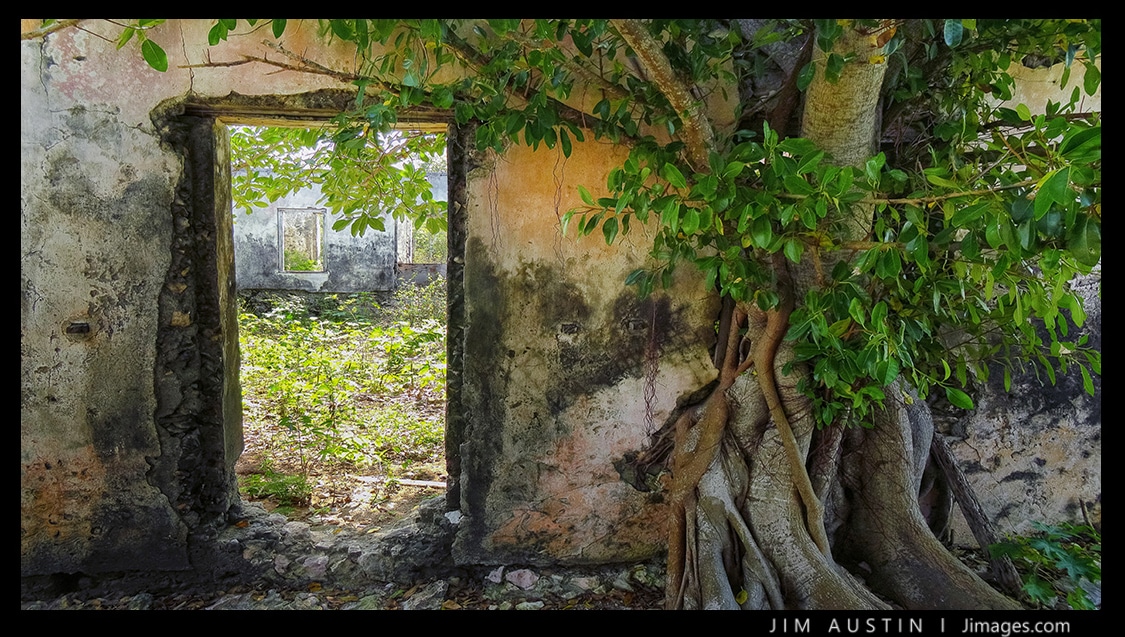
IS TRUE WILDERNESS EXTINCT?
In the mid-20th century, notes Jeff Curto, photographers like Strand, Weston, Adams, and Minor White shifted the idea of nature photography, leaving behind its romantic tradition, and in part moved art photography into the realm of the mind. A photography aesthetic became linked to a photographer’s mindful understanding of the subject.
The New Topographics exhibit of William Jenkins showed Robert Adams photographic work of the developed cultured landscapes of Colorado, California, and Oregon. The crux of the exhibit was that human-altered landscapes had supplanted primal nature.
Robert Adams writings also introduced ideas about the topographic landscape, as the Western garden had been replanted, fertilized extensively, and chemically treated. Nature, no longer unbounded and pristine, depended heavily upon the gardener for its survival. Richard Avedon’s straight portraits of unsmiling residents of Texas, in the late 1970s found new artistic depth in the American West. Avedon notes: “all photographs are accurate, none of them is the truth” and states his intent: “I’m looking for people who are surprising, heartbreaking or beautiful in a terrifying way. Beauty that might scare you to death until you acknowledge it as part of yourself.”
NATURE PHOTOGRAPHY IS A LOCAL DIALECT
Today nature photographers are working with a split consciousness, making images of images and appropriating, according to Deborah Bright. Bright proposes that landscape images should speak in local, explicable dialects. Her critique of post-modern nature photography, as a radical break and a sharp splinter from the past, implies a complete reexamination of nature photography.
Bright suggests that today’s nature photographs risk sensationalizing what they depict by concentrating on poor people, pre-industrial cultures, environmental destruction, and species extinction. She suggests that instead of a focus on white male, first-world photographers, nature photographers need a specific understanding of local culture. Showing more work by women, first nations artists, third-world people of color, and promotion of non-White contemporary photographers, Bright argues, is an authentic response to the culture of the 21st century.
NATURE PHOTOGRAPHY: A NEW GARDEN
Late 20th century photographers were highly conscious that pristine nature was long gone. Looking back, over 150 years, the camera moved from nature’s garden to man in the garden, to nature contained by man, to the garden in the information Cloud. A post-modern, self-self-consciousness has taken over. From other-directed photographic prints on metal, one of a kind images of a pristine, unspoiled land, nature photography streams autonomous selfie-drone video direct to the big-data Cloud.
Long liberated from its tripod in the 20th-century, the 21st-century camera moved from our phones to drones on our wrist, to inside our minds. Today, we can stream every second of our lives directly to social media. So what? We now compute nature in a new garden, sculpting her to our own design using 4-D, Virtual Reality (VR), and artificial intelligence (AI) while our personal digital assistants stream nature info to us.
REFERENCES:
Bright, Deborah (1992) The Machine in the Garden Revisited, 1992, Reference used by permission. http://www.deborahbright.net/PDF/Bright-Machine.pdf
Curto, Jeff. The Camera in the Cathedral: Photography of the Natural World (2008) and History of Photography Podcast. (Recorded lectures from Mr. Curto’s Photo History Class at http//photohistory.jeffcurto.com ) Adams, Robert. Why People Photograph. Aperture (1996).
Avedon, Richard. In the American West, Thames and Hudson, 1985.
I have drawn heavily from the ideas of both Deborah Bright, PhD, Professor, Photography and History of Art+Visual Culture at Pratt, and Prof. Jeff Curto MFA, distinguished Apple Educator. I thank them for their kindness. Permissions to reference their writings above were obtained via email, March 28th, 2018.




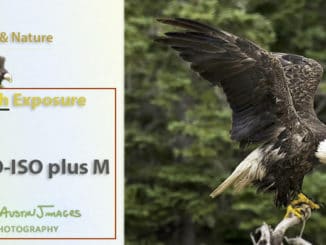
Leave a Reply